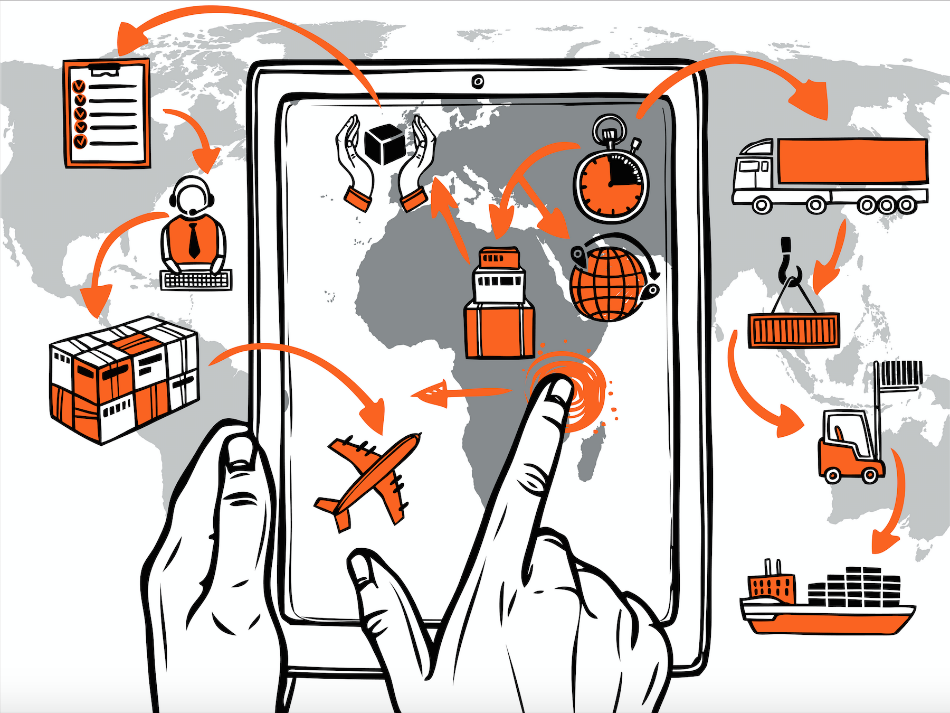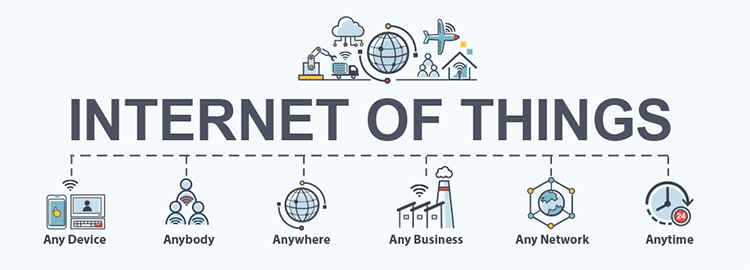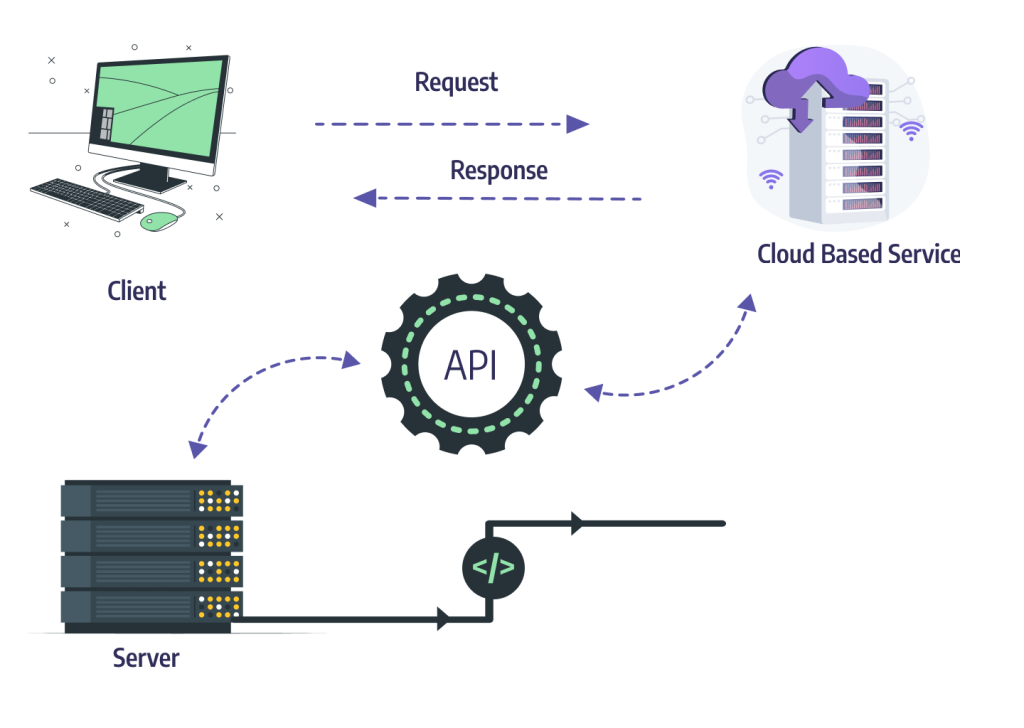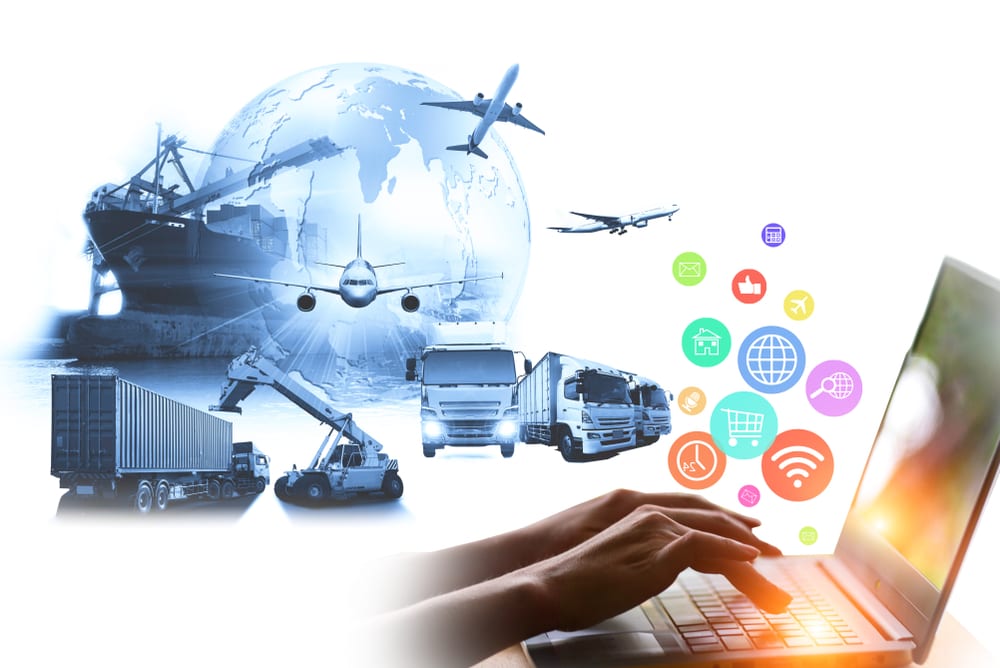Key Technologies Behind Real-Time Logistics Visibility
The logistics industry is rapidly evolving, and at the heart of this transformation is real-time visibility. Businesses today demand not only speed but also transparency across the entire supply chain. Whether tracking a container across the ocean or a delivery van down the street, real-time insights can make the difference between an efficient operation and a costly delay.
This article explores the core technologies powering real-time visibility in logistics and how businesses, with the help of services like Postalparcel, are leveraging them to streamline operations, reduce risk, and improve customer satisfaction.

1. GPS and Telematics
At the foundation of real-time visibility is GPS (Global Positioning System). Modern logistics heavily relies on GPS to pinpoint the exact location of vehicles, shipments, and even individual parcels.
But GPS alone is not enough. Enter telematics—a technology that combines GPS data with vehicle diagnostics. This allows logistics managers to monitor vehicle health, driver behavior, and route efficiency all in real time.
For example, companies using Postalparcel’s carrier management service benefit from integrated GPS and telematics systems that provide accurate ETAs, alert teams to delays, and help reroute shipments when disruptions occur.
2. Internet of Things (IoT) Devices
IoT has revolutionized how shipments are tracked. Small, affordable sensors can now monitor environmental conditions like temperature, humidity, shock, and tilt. These are essential for sensitive goods such as pharmaceuticals, electronics, or perishables.

By attaching IoT-enabled trackers to packages or pallets, companies can:
- Detect theft or tampering
- Monitor temperature thresholds during cold chain logistics
- Receive automatic alerts if cargo deviates from its planned route
These smart sensors feed data back into centralized dashboards, empowering logistics teams to take proactive action before minor issues become major problems.
3. Cloud-Based Platforms
Gone are the days of manually updating spreadsheets or checking shipment statuses via email. Cloud-based logistics platforms now serve as the central nervous system of supply chains.
These platforms consolidate information from multiple carriers, warehouses, and data sources into a single interface. Logistics managers can:
- Monitor inventory in real time
- Manage orders and deliveries
- Communicate with stakeholders across time zones
Postalparcel, for instance, offers cloud-based services that not only support real-time delivery tracking but also enable businesses to manage inventory and orders efficiently—without needing to build complex internal systems.
4. API Integrations
To achieve true real-time visibility, systems must talk to each other seamlessly. Application Programming Interfaces (APIs) make this possible. APIs allow logistics platforms to pull data from multiple carriers, warehouses, and third-party systems instantly.

With robust API integrations:
- Businesses can track multi-carrier shipments in one place
- Delivery status updates can be pushed directly to customers
- Inventory data can be synced across channels (e.g., eCommerce platforms, ERPs)
Postalparcel’s services rely heavily on API integrations to provide clients with consistent and up-to-date shipment data across borders and platforms.
5. Artificial Intelligence and Predictive Analytics
AI is reshaping logistics by turning raw data into actionable insights. Machine learning models analyze historical shipment data to:
- Predict delays based on weather, traffic, or customs congestion
- Recommend optimal shipping routes
- Identify trends that impact delivery performance
Predictive analytics helps logistics teams not just react to issues—but anticipate them. Combined with real-time visibility, it leads to smarter decision-making and greater cost savings.

6. Blockchain for Data Integrity
In global logistics, trust and data accuracy are critical. Blockchain technology ensures that once a record is entered—such as a shipment status or customs clearance—it cannot be altered. This is especially important in high-stakes supply chains like pharmaceuticals or luxury goods.
Blockchain also improves traceability and reduces fraud in multi-party logistics networks. While adoption is still growing, forward-thinking companies are beginning to integrate blockchain for added visibility and accountability.
7. Mobile Applications
Real-time visibility isn’t just for operations teams—it extends to customers and field staff as well. Mobile apps give drivers the tools to report status updates, receive route changes, and capture proof of delivery on the go.
For customers, branded tracking apps or links offer peace of mind with real-time updates, ETAs, and notifications. These features reduce customer support load and enhance overall satisfaction.
Final Thoughts
Real-time visibility is no longer a luxury—it’s a necessity in today’s fast-paced logistics landscape. Technologies like GPS, IoT, cloud platforms, APIs, AI, blockchain, and mobile apps are not only enhancing transparency but also unlocking powerful efficiencies across the supply chain.
By adopting these technologies through reliable service providers like Postalparcel, businesses can modernize their logistics operations, reduce risk, and deliver better customer experiences—without the need for complex systems or infrastructure investments.
Whether you’re a growing eCommerce brand or a multinational enterprise, the key to logistics success in 2025 lies in real-time insight, smart integration, and proactive management.
Industry Insights
news via inbox
Nulla turp dis cursus. Integer liberos euismod pretium faucibua








